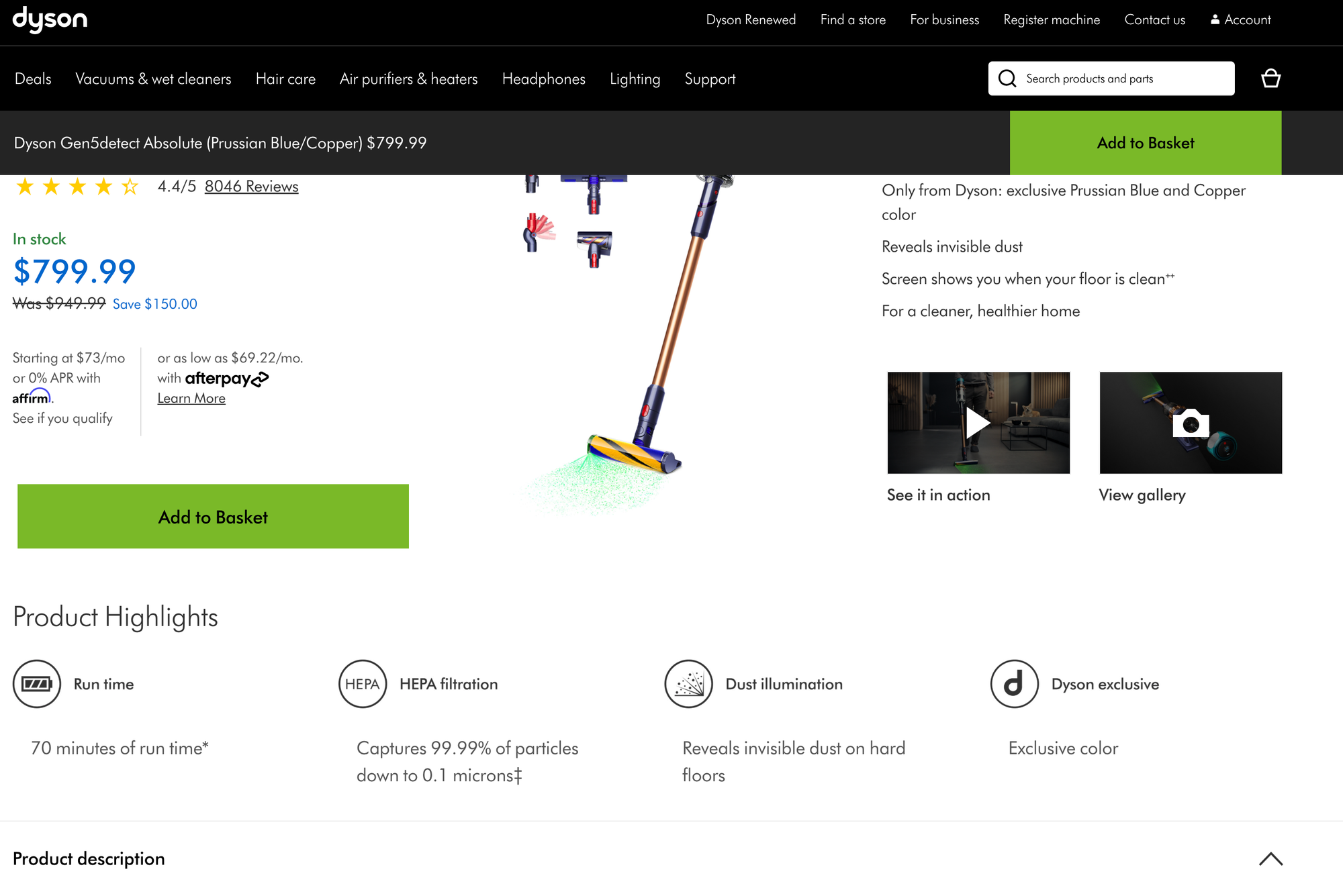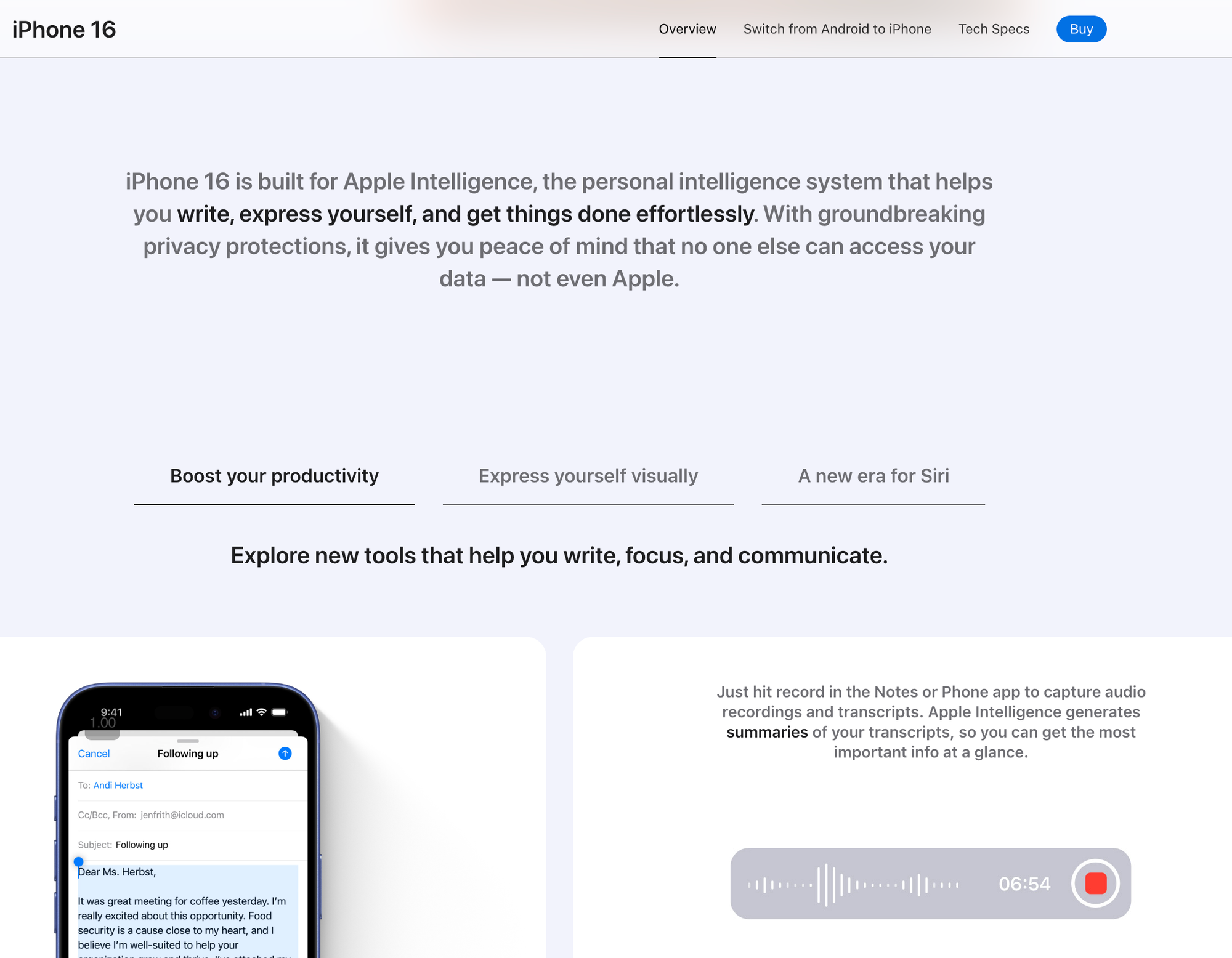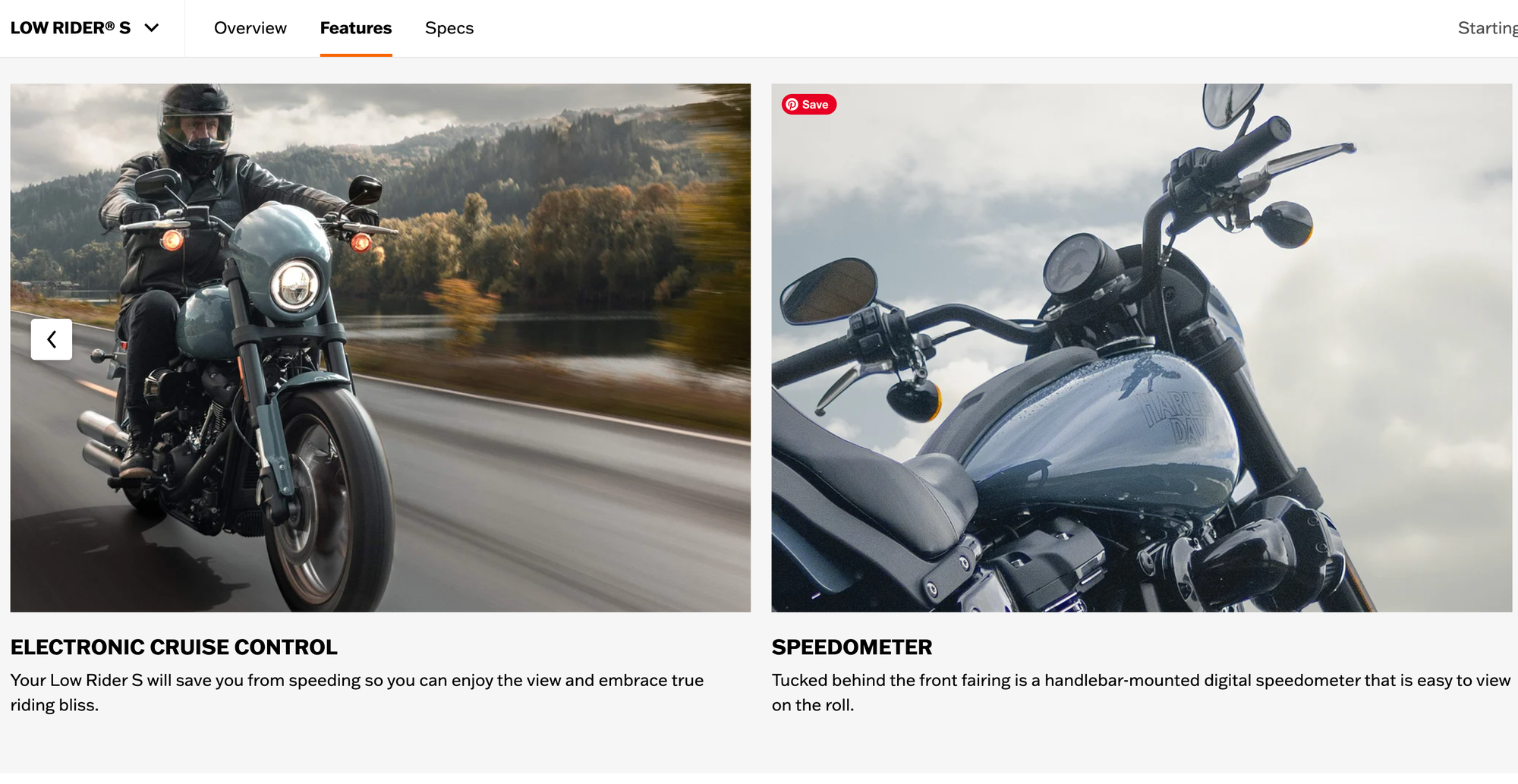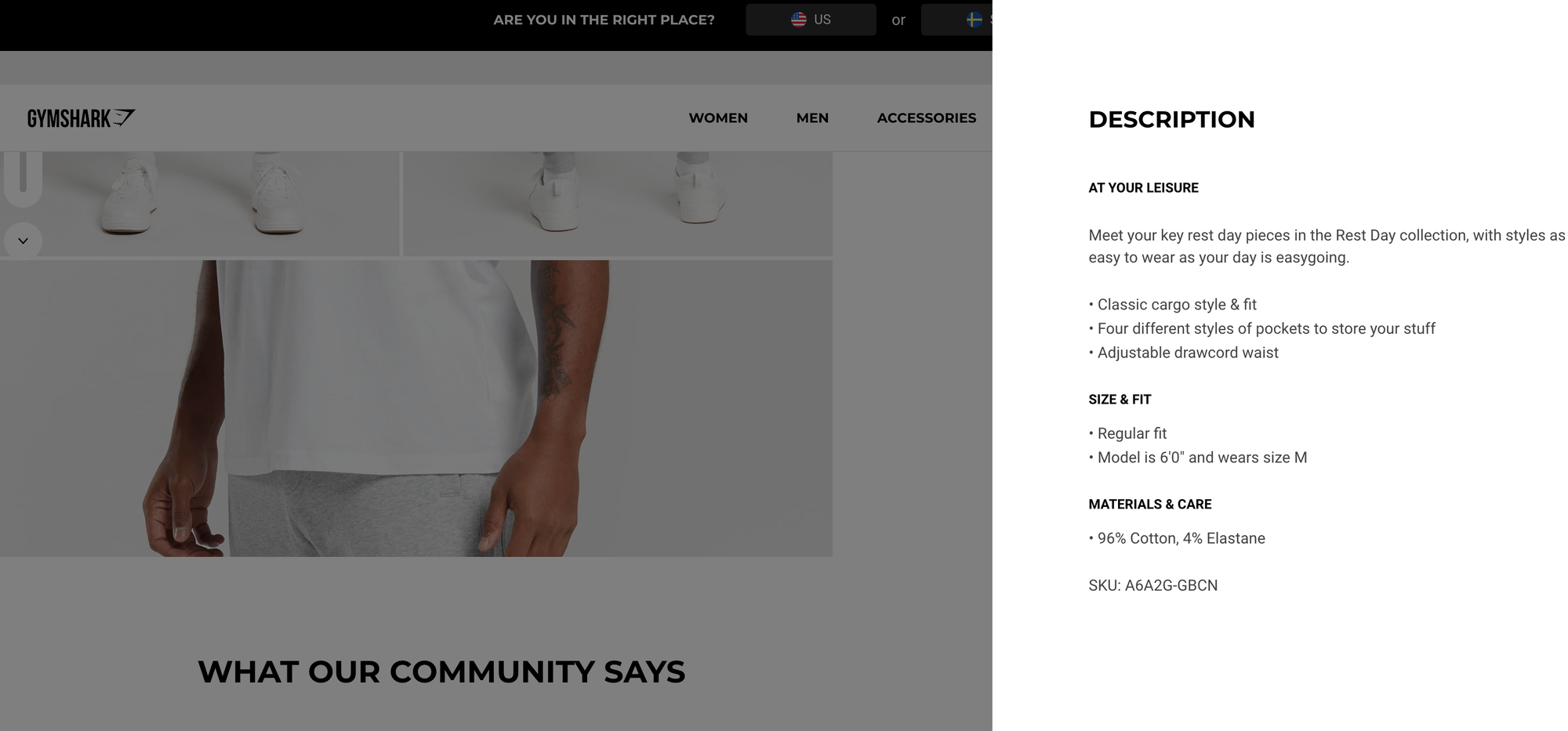Writing conversion-worthy product descriptions
Learn the importance of selling the benefits over the features, and how to do so successfully - with examples

The importance of selling the benefits over the features, and how to do so successfully - with examples
Let's talk about one of the golden rules of copywriting. You've probably heard of "Sell the sizzle, not the steak." If not, this refers to selling the experience of using your product or service over just telling customers what it is. Likewise, your copy should be all about what your product does instead of just what it is. By allowing potential customers to see themselves with your product and relating it to a tangible emotion (such as stress relief, joy, etc.), you can more easily convert these potential customers into buyers.
This not only helps with conversion but also with visibility—since search engines now prioritize conversational, hyper-specific, long-tail queries. That means people searching for answers can more easily discover your solutions.
Features vs. Benefits: What’s the Difference?
A feature is a fact about your product or service. It’s the details. For example:
- "This water bottle is made of stainless steel."
- "Our app has a built-in calendar sync."
- "The yoga retreat includes daily meditation sessions."
A benefit is the value or outcome that the feature provides. It explains why that feature matters. For example:
- "Keeps your water ice-cold all day, so you stay refreshed wherever you go."
- "Never miss an important appointment again with effortless calendar syncing."
- "Feel deeply relaxed and recharged as you align your mind and body each morning."
Benefits answer the question: Why should I care?
Why Benefits Sell Better Than Features
People make decisions based on how they feel and then justify them with facts. Benefits connect with emotions. Features only make sense once someone is already interested.
Imagine you’re looking for noise-canceling headphones. Which description works better?
- "These headphones feature advanced noise-canceling technology."
- "Block out distractions and enjoy your favorite music with crystal-clear sound."
The second one works because it explains how your life improves by using the product.
How to Translate Features into Benefits
Here’s how to do it:
- State the feature.
- "This running shoe has a cushioned sole."
- Ask what it does.
- "It absorbs impact to reduce strain on your joints."
- Explain why it matters.
- "Run longer and feel great, mile after mile."
This process turns facts into reasons to buy.
Tips for Writing Benefit-Focused Copy
- Be clear and concise. Skip the fluff. Instead of "This service saves time," say, "Spend more time doing what you love."
- Use proof where possible. Add testimonials or examples to make your claims credible.
- Speak directly to your audience. Focus on what they want, whether it’s convenience, comfort, or results.
- Show the result. People buy products because of what they’ll get out of them. Make that crystal clear.
Why This Works for SEO Too
Search engines now look for content that matches user intent. When you write about benefits, you’re more likely to match the specific problems or desires people are searching for. For example, someone searching for "how to stay hydrated on hikes" is more likely to click on "Keeps your water ice-cold all day" than "Stainless steel water bottle."
Examples of Brands Doing This Well
Dyson

Dysn doesn't just list features like "long battery life" or "filtration" they tell you what it does in detail like "captures 99.99% of particles. They could benefit from taking this a step further to add an emotional benefit like "reduce allergens and finally breathe better"
Apple

Apple is a master of selling the experience of owning an iphone, and rarely (if ever) just talks features. Those features are always related to how this will positively impact your life. Their release of the 16, doesn't just say "we added AI to increase effiency" they described what impact this has on Iphone 16
Harley Davidson

Harly Davidson could have simply listed the "speedometer" on their feature list and called it a day, knowing owners would expect this feature. But they they took it a step further and described what using the speedometer on the road would feel like.
Gymshark

Gymshark adds detail about the experience of wearing their clothing in the product descriptions. Rather than just leaving it as "feel comfortable while you work out" they added an extra level of detail, enabling potential buyers to better picture themselves with this product
The Bottom Line
Focusing on benefits doesn’t just make your copy better—it makes it more useful. It answers your audience’s questions and helps them see why your product or service is the right choice. Next time you write, think about what matters to them. That’s how you turn interest into action.





